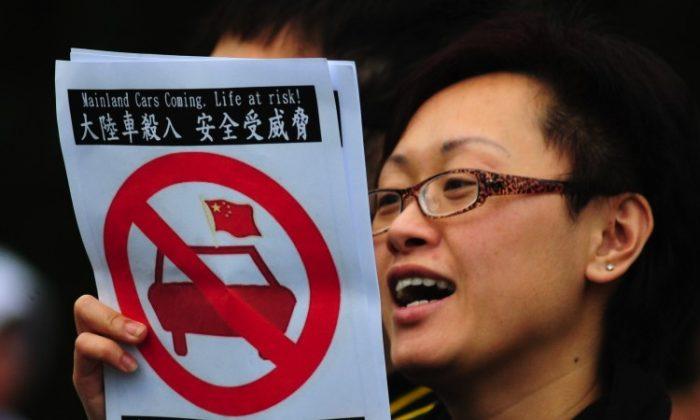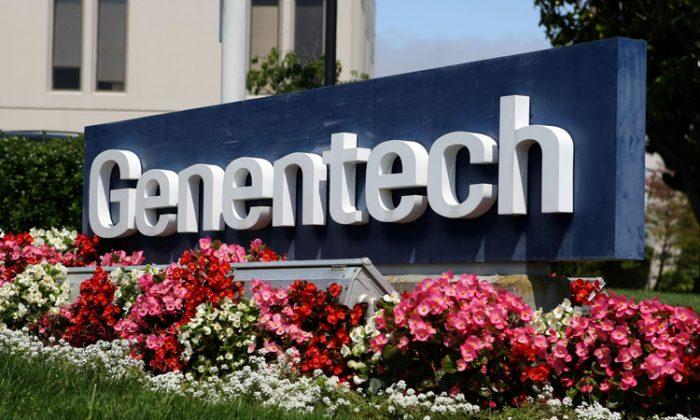Signs of an economic recovery in the United States are sporadic but there are still cautionary indicators that would suggest that the situation is still quite unstable.
The number of newly laid off workers seeking unemployment benefits dropped last week, according to the Labor Department. The seasonally adjusted four-week average is at its lowest since September 2008, which was the peak of the financial crises which went beyond U.S. borders and crippled global economies.
The recent numbers would imply that hiring is present and on the rise due to the economy gaining momentum. The seasonally adjusted figures revise the statistics and takes out factors that distort the data like retail staff who cease their winter holiday employment. Thus the actual fundamental economic trends appear more evident and accurate.
“We’re on the cusp of a hiring recovery,” said Zach Pandl, an economist at Nomura Securities in an interview with AP. With a total of 442,000 seeking jobless benefits, the number fell below expectations of 450,000 according to Thomson Reuters.
However, economists are still vigilant about unemployment and believe that unless claims are approximately 425,000 or below, the overall improvement in the labor market will remain unstable.
Carl Riccadonna, senior U.S. economist at Deutsche Bank, said claims need to fall below 400,000 before the economy will consistently create jobs. Claims will likely fall below that level sometime in April, Riccadonna wrote in a note to clients, as reported by AP.
Unemployment has had repercussions in many areas and its role has proven to be pivotal to the overall health of the economy. For instance, Federal Reserve Chairman Ben Bernanke announced on March 25 that ongoing high unemployment is justification for the central bank to keep the short-term interest rate it controls at a record low rate of near zero.
The unemployment report also seems to have given Wall Street a knee-jerk reaction, with the Dow Jones industrial average representing a basket of 30 blue-chip stocks that are generally the leaders in their industry rising more than 119 points before paring some of those gains later in the day. Broader indexes also rose.
Housing figures released have shown that sales of existing U.S. homes dropped in February for a third month, and the rise in the number of properties available on the market have reached the highest in two years which would in turn dampen the solid signs of the economy improving.
“It’s a fragile recovery” in housing, said Scott Brown, chief economist at Raymond James & Associates, in St. Petersburg, Florida, according to Bloomberg. “We ultimately need to see job growth to get a sustainable rebound.”



